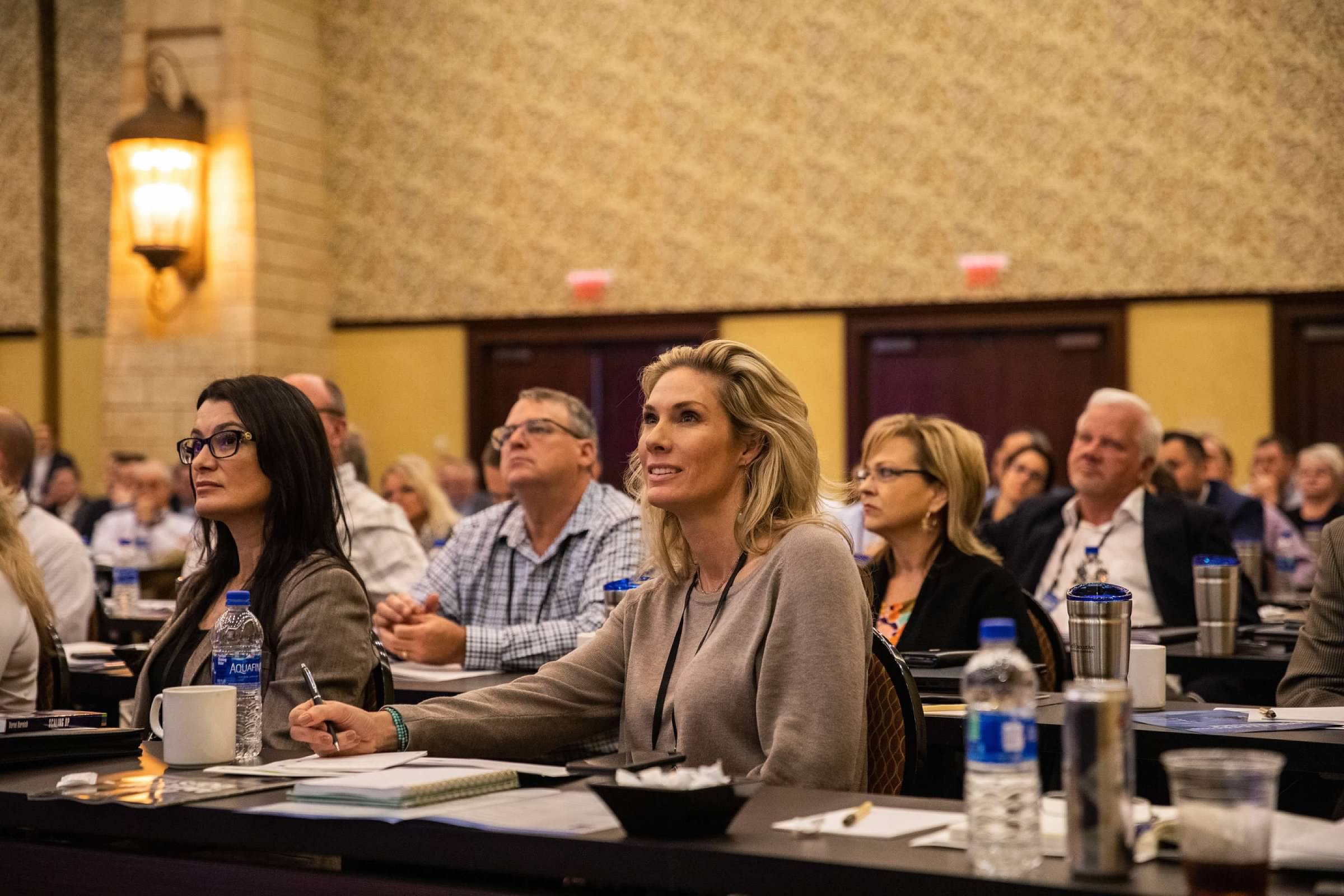Second in a two-part series covering the 2019 CEO Talent Summit at West Point, where top business and military leaders shared secrets for recruiting and building extraordinary cultures that thrive in change. Below are synopses of Summit sessions.

A Tale of Two Transformations
Prior to its 2014 spinoff, Synchrony Financial had been a part of industry giant General Electric for more than 80 years. “Many of our employees had only worked at GE, they wanted to retire at GE,” CEO Margaret Keane recalled. She knew her leadership team would have to work to bring those valued employees along on what was sure to be a turbulent journey to being a standalone entity. “GE had a very strong culture,” Keane said.
Indeed, GE’s hyper-efficient, precision-based Six Sigma culture wasn’t necessarily going to be the best fit for the new independent company, which was aiming to be more entrepreneurial and innovative. Taking the time to develop the company’s new raison d’être enabled employees to begin rowing in the same direction with enthusiasm, said Keane, noting that those employees are now all part-owners of Synchrony, thanks to a granting of shares on the company’s fifth anniversary in July. “Sometimes, people say that things like culture, values, mission, purpose are fluffy. But I think as you’re going through this kind of transformation, you really need to communicate and get people to rally around what you’re trying to do.”
The CEO has a key role in enabling that change, said Doug Sieg, who, as managing partner of Lord Abbett & Co., led the asset-management firm on a shift from a rules-based culture that relied on centralized decision-making to a more principles-based partnership with greater collaboration. “The CEO’s role is to set the temperature in the room,” he said. “If you want to set the temperature in the room to ‘everybody at each other’s throats,’ you can do that. If you want to set the temperature in the room to ‘we are going to be a team, we’re going to be owners, and we’re going to thrive together,’ you can do that as well.” In Lord Abbett’s case, Sieg said he didn’t actually change all that much. “What I did was I switched the dial to delegation and decision-making in the field, and I’ve watched the organization just absolutely love it.”

Using Storytelling to Create Culture
Culture can be a squishy thing. According to a 2018 Deloitte survey, 82 percent of senior executives believe it is a competitive advantage, and 94 per- cent say improving culture will increase company value. “But only 16 percent say their culture is where it should be,” said Daniel Jacobs, CEO of Avanoo, which works with companies to create positive culture shifts. Although we’ve figured out that culture is important, “we don’t yet know what to do about it.”
One of the best ways to drive meaningful and lasting cultural change is through storytelling, said Jacobs. “We’re 22 times more likely to remember a lesson or value when it’s connected to a story.” Avanoo client Choice Bank used a four-step model to develop a customer-first culture using stories:
1) Inspiration: Every week, the bank began distributing three-minute videos of employees telling stories about an experience they had going above and beyond to delight a customer.
2) Ownership: After watching the video, employees could then share their own stories or share an idea or suggestion, which was broadcast online to the entire organization.
3) Alignment: Employees took a weekly survey to measure engagement. “We could see where there were hotspots and opportunities within the organization and could project what kinds of stories would help drive change.”
4) Impact: The results for the key engagement metrics were monitored to ensure they were headed in the right direction. From January to September, all four of the metrics rose significantly, by a minimum of 19 percentage points. “That’s not because of the technology,” Jacobs said. “It’s because we tell employee hero stories. And people really want to see themselves, and their colleagues, as doing something valuable and meaningful in their lives. The technology just supports that.”








